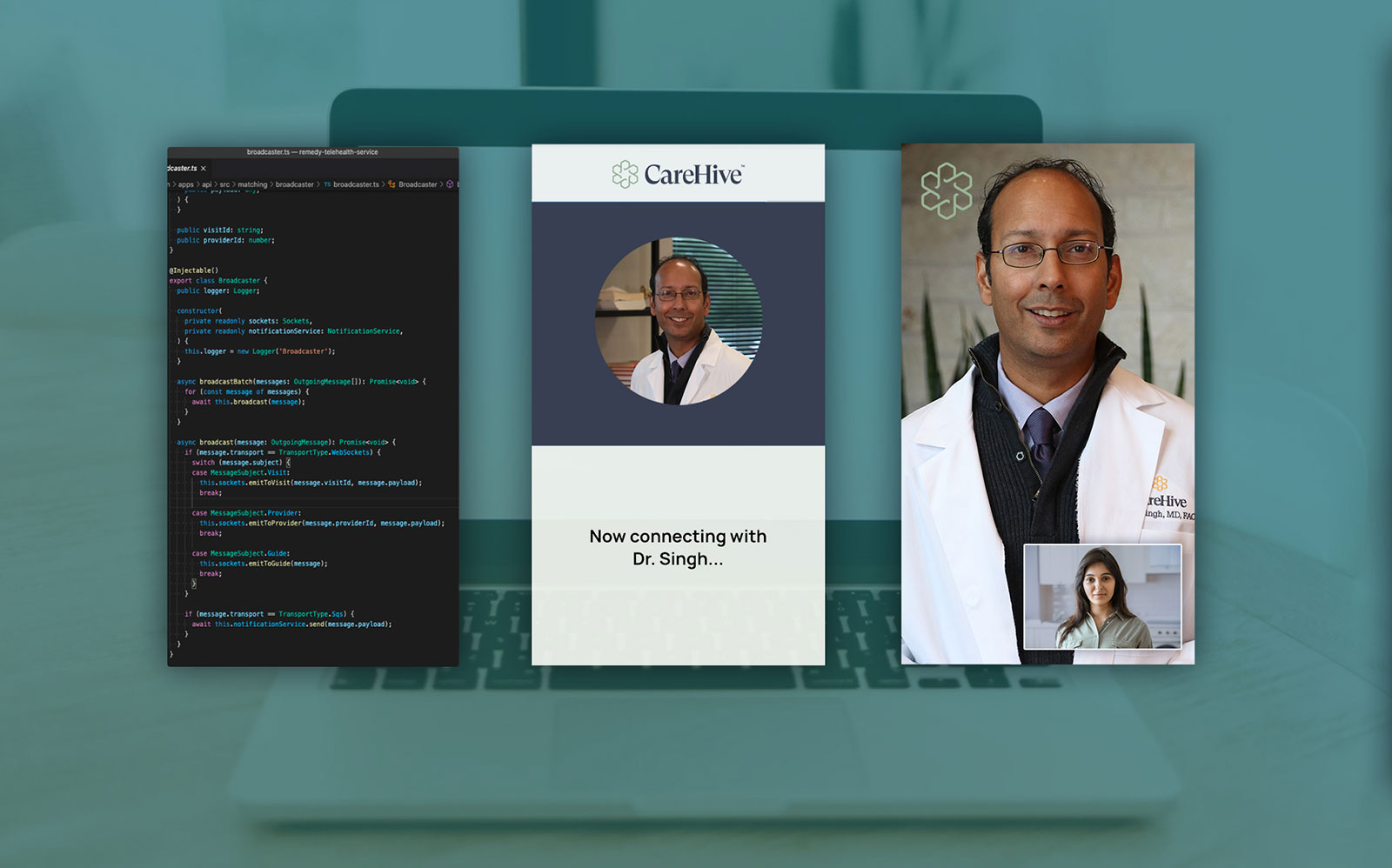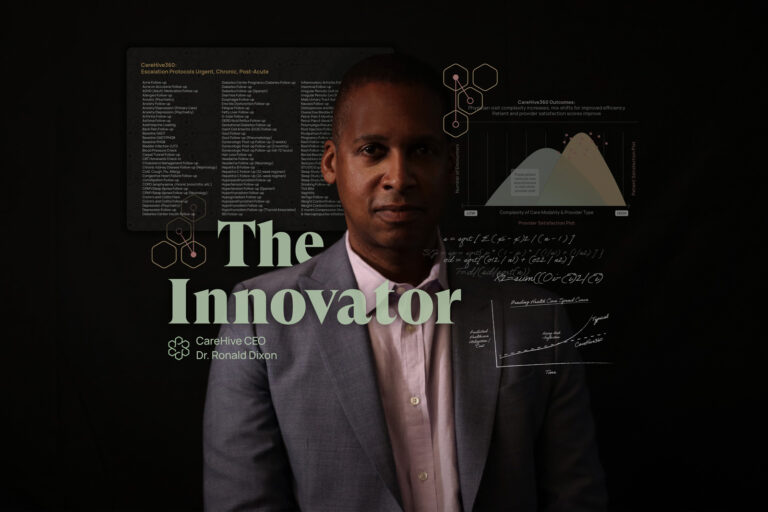Stop, Collaborate and Listen
By now, it is a well accepted notion that “every company is now a tech company.” Thinking of technology as a monolithic industry is a vestige of a time when most companies based out of Silicon Valley did, in fact, traffic in silicon.
This puts traditionally techno-phobic industries, the most egregious example of which is healthcare, in a unique position. A position of rarity. This rarity invites attention and a lot of it. In just the third quarter of 2020, $8.4b of private equity flowed into privately-held digital healthcare. A global pandemic has accelerated its trajectory to become the next trillion dollar industry. With those kinds of resources floating around, organizations need to move quickly to compete.
This need for speed puts new firms in the impossible position of trying to build a team, while garnering as much velocity from it as possible. There is no substitute for a well oiled internal technology team, yet this frantic pace flies directly in the face of the right way to build one. Getting the right people on the proverbial bus takes time. Time to find talented individuals in line with your organizational goals. Time for that team to coalesce. And time for domain knowledge transfer. Particularly in heavily regulated industries like healthcare.
One of the best ways to address this challenge is through external agencies. They can quickly create velocity and build a foundation for your team once it is ready. A fact which is not lost on the global technology consultant market which has grown by $10b over the last decade to a whopping $53b.
It is important, however, to understand that an agency is not a magic wand. There is preparation and a few key considerations to take into account before moving forward.
Create organizational anchor points
If an agency is building the engine which is powering your organization, you will need strong engine mounts to ensure maximum efficiency. They should be strong, flexible and placed judiciously for optimal support. These individuals should clearly understand both the strategic and tactical implications of technology decisions. This requires dedicated, senior individuals well versed in software development practices to absorb the output of the agency.
Promote strong communication channels
Tasking a consulting agency with building a foundational piece of technology for your firm unequivocally requires a strong relationship between your organizations. There is nothing more important in building trust within a relationship than communication. Regular check-ins, face to face when possible, are instrumental. It is easy to fall into the trap of treating a vendor as an “other” which only serves as a barrier for true collaboration. Successes as well as failures should be openly shared. This breeds a deep and meaningful connection which is a powerful motivator for cooperation.
Keep trust at the heart of your compliance strategy
Compliance should be front and center in everything you do with regards to healthcare. Vendor selection is no exception. You need to trust (and verify) their commitment to security. Confidence in their understanding of both the letter and the spirit of regulations such as HIPAA, HITECH, etc should be a foundational part of your partnership.
General technology literacy plays an important role here since a shared understanding is a pillar of trust. Your firm needs to be able to grasp the concepts and technologies introduced by the agency with enough confidence to embrace or, if necessary, challenge them.
Know when to detach
As with many relationships in life, there invariably comes a time when parties involved must part ways. Severing ties too early, risks your organization being ill prepared to absorb the agency’s work. Too late, and the spectre of codependency can rear its head. A clear and accurate project roadmap is fundamental for ensuring a timely and orderly disconnect.
It is an incredibly exciting time to be in digital healthcare. It is my hope that we can use the lessons of the past decade to transform this vital industry into the accessible, efficient, and universally available one that it needs to be.
Arturo Robles // Chief Architect, CareHive






